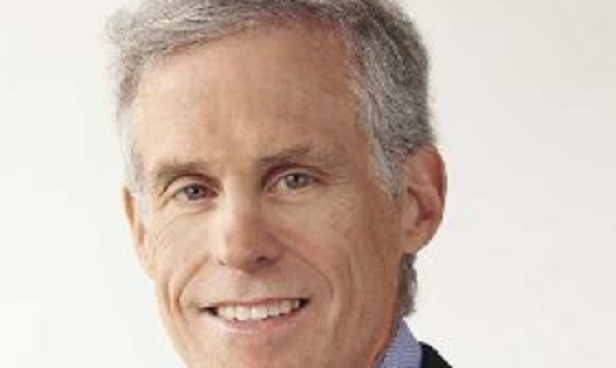I got caught in the inevitable traffic congestion coming back into the city from the airport in morning rush hour last week. I say inevitable because the roads are always congested and rush hour has become almost every hour of the day and week possibly except for early on Saturday and Sunday mornings, at least in New York. Simply wherever you go in big city urban America and environs traffic has a tightening stranglehold, eating into time, creating costly inefficiency, and increasing the stress levels in already stressful lives.
To distract myself on this stop-and-go yellow cab ride, I started counting “T” cars, T for private Lyft and Uber cars. For a while it seemed like every other car. Then you add in all the traditional yellow cabs. The streets are congested, congested with taxis. Meanwhile, we read about the meltdown of yellow cab medallion values, impoverished cabbies, and cabby suicides. Uber and Lyft drivers protest against meager earnings and absent benefits. The companies' IPOs, to put it mildly, have been less than stellar. And what have they wrought—so far unprofitable businesses, too many taxis clogging roads, and drivers unable to make a decent living in a survival of the fittest race to the bottom. And their long-term strategy is to operate driverless vehicles—so much for the drivers.
All the congestion has led New York to finally enact a congestion pricing zone for half of Manhattan and now other cities, including Seattle, Los Angeles, San Francisco and Washington DC are at least exploring a similar move—and of course Lyft and Uber protest. The cities need to raise money desperately not only to pay for mass transit alternatives to help relieve the mounting gridlock, but also just to maintain ageing road systems, strained by overuse.
Take a few steps back, and the impact of Uber-Lyft just takes urban transport in the US closer to a breaking point. We need fewer cars on the road not more. We need better and more mass transit to make these cities work efficiently, not dilapidated systems or token street-car and light rail lines. We need 21st Century high speed transit links from airports to center city rail and subway hubs, we need high speed rail between gateway cities and regional urban centers, and we need dedicated freight rail lines out of major ports, which can transfer goods to inland distribution centers. As it stands now, our mid 20th century networks can't handle the load and we are heading to a massive breakdown.
For investors and developers in urban America, where most of the country's wealth is now concentrated, dealing with this looming infrastructure nightmare should be a high priority. Somehow the creeping nature of the problem has allowed us all to put off any concern. There's no surprise when the President tanks infrastructure negotiations with Congressional leaders—we shrug it off instead. And no one wants to spend the trillions needed over the next decade to really have any impact. No matter that a real national infrastructure plan could boost our economy and tie into lowering carbon footprints and pollution levels if properly conceived, helping ensure the nation's future economic pre-eminence.
Instead we have Uber and Lyft.
© Touchpoint Markets, All Rights Reserved. Request academic re-use from www.copyright.com. All other uses, submit a request to [email protected]. For more inforrmation visit Asset & Logo Licensing.








